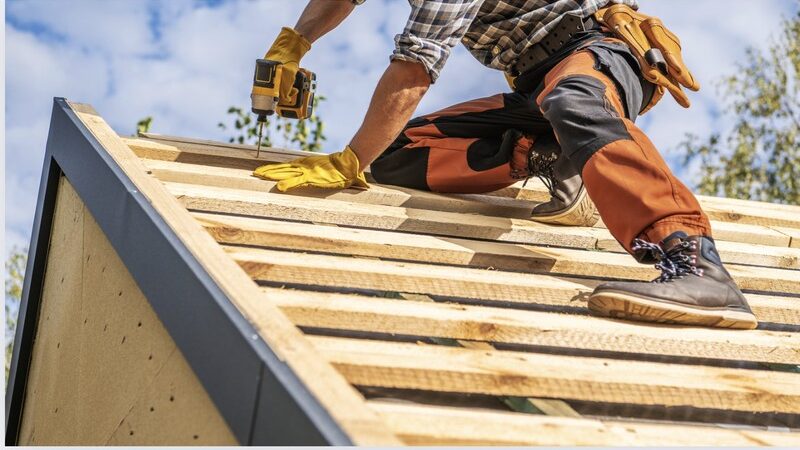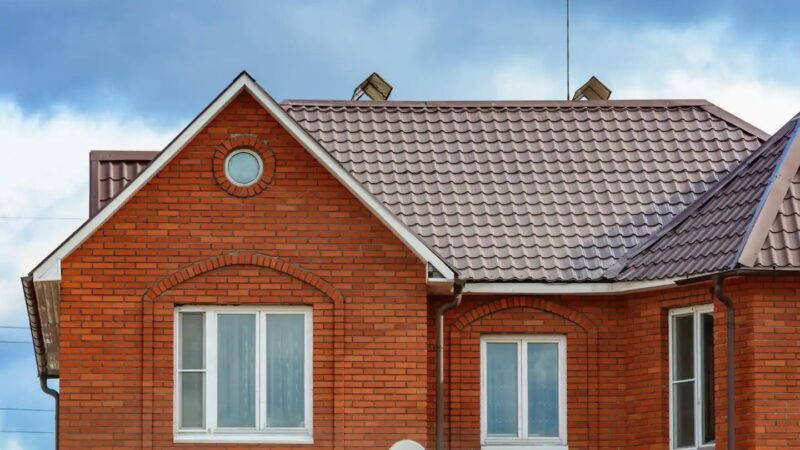Green Roofing in Baltimore: Residential vs. Commercial

Green roofing has gained significant popularity in recent years due to its numerous environmental benefits, including improved air quality, reduced energy consumption, and enhanced stormwater management. Baltimore, with its vibrant urban landscape and commitment to sustainability, is no exception to this trend. However, when it comes to green roofs, there are distinct differences between residential and commercial projects in the city. Understanding these disparities is crucial for both homeowners and businesses looking to incorporate eco-friendly roofing solutions into their properties, for Baltimore roofing we recommend this website: ultraroofingbaltimore.com
Differences in Design and Applications

In Baltimore, the design and application of green roofs for residential and commercial properties vary significantly. Residential green roofs tend to be on a much smaller scale compared to their commercial counterparts. Homeowners often seek to create a personal oasis in an urban environment, incorporating greenery and recreational spaces into their rooftops. This design approach aims to enhance the quality of life for residents while reducing energy costs and contributing to a healthier environment.
On the other hand, commercial green roofs in Baltimore are typically larger and designed with broader objectives. These roofs are often intended to achieve stormwater management goals, improve energy efficiency, and create a visually appealing landscape in densely populated urban areas. Commercial green roofs can incorporate various elements, such as rooftop gardens, seating areas, and even walking paths to provide both employees and visitors with areas to relax and enjoy the outdoors.
Furthermore, the application of green roofs on residential and commercial buildings also differs. Residential projects usually involve retrofitting an existing roof with a lightweight green roofing system. These systems utilize vegetation that requires low maintenance and can withstand limited foot traffic. Commercial green roofs, however, can be integrated into the building’s initial design and supporting structure, enabling the incorporation of heavier vegetation, such as trees and large plants. This divergent approach allows for greater creativity and flexibility in commercial green roofing design and implementation.
Cost Considerations and Project Examples
While green roofing is undeniably beneficial for both residential and commercial buildings, cost considerations play a significant role in determining the feasibility of such projects. Residential green roofs, given their smaller scale and simpler designs, tend to be more cost-effective. Homeowners can often choose from a variety of modular green roofing systems, which are more affordable and easier to install and maintain. These systems typically consist of pre-grown vegetation trays that can be easily placed on existing roofs, reducing labor and installation costs.
On the other hand, commercial green roofing projects in Baltimore often require larger investments due to their extensive sizes and complex design requirements. Integrating advanced irrigation systems, creating engineered growing substrates, and reinforcing the building’s structure to support the additional weight of a green roof contribute to higher costs. Nonetheless, the long-term benefits, including reduced energy costs, enhanced stormwater management, and improved employee satisfaction, make commercial green roofing a worthwhile investment for businesses in Baltimore.
To exemplify these distinctions, let us consider two green roofing projects in Baltimore. In a residential neighborhood, a homeowner, driven by a desire for a personal retreat and to contribute to a greener environment, decided to install a small green roof on top of their townhouse. By incorporating low-maintenance succulents and calming seating areas, the homeowner was able to create a picturesque and energy-efficient rooftop garden that significantly improved their quality of life.
In contrast, a commercial real estate developer constructed a massive green roof on a recently completed office building in downtown Baltimore. This green roof, with its expansive garden-like features, not only reduced the building’s energy consumption through enhanced insulation but also helped mitigate the urban heat island effect in the area. Additionally, the rooftop garden provided an attractive outdoor space for the building’s tenants, increasing their satisfaction and attracting more businesses to the development.
Baltimore’s distinction between residential and commercial green roofing projects lies in their design, application, and cost considerations. Homeowners often focus on creating personal sanctuaries with smaller, low-maintenance green roofs, whereas commercial projects tackle larger-scale initiatives like stormwater management and energy efficiency. Although residential green roofs are generally more cost-effective, commercial endeavors require higher investments due to their complexity, yet yield long-term benefits for businesses in Baltimore. By understanding these differences, both homeowners and commercial property owners can make informed decisions when choosing the right green roofing solution for their needs.





